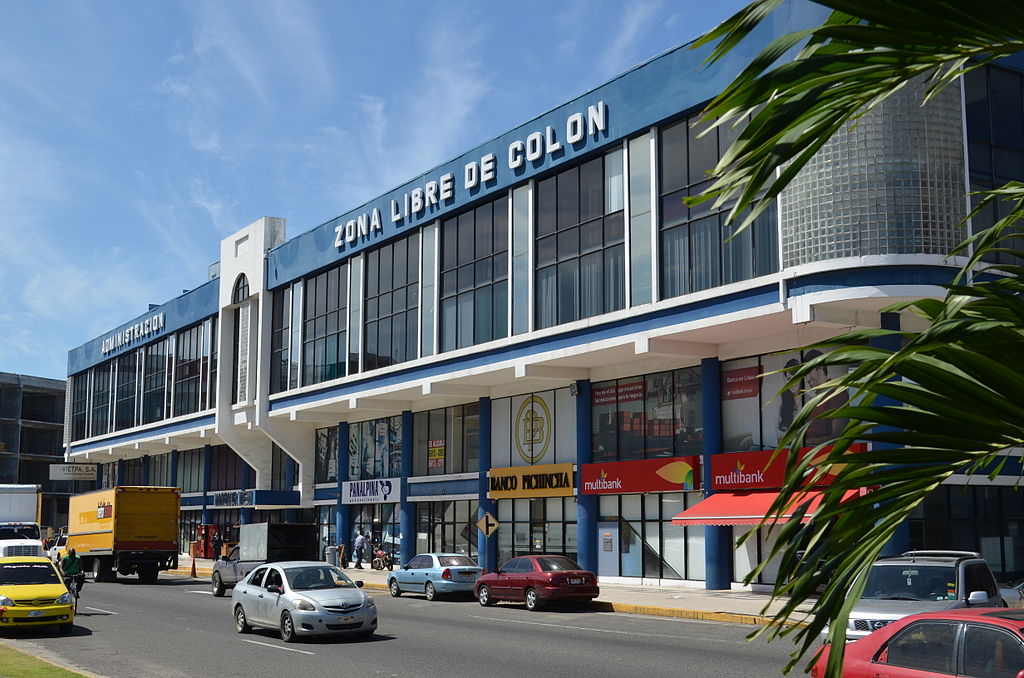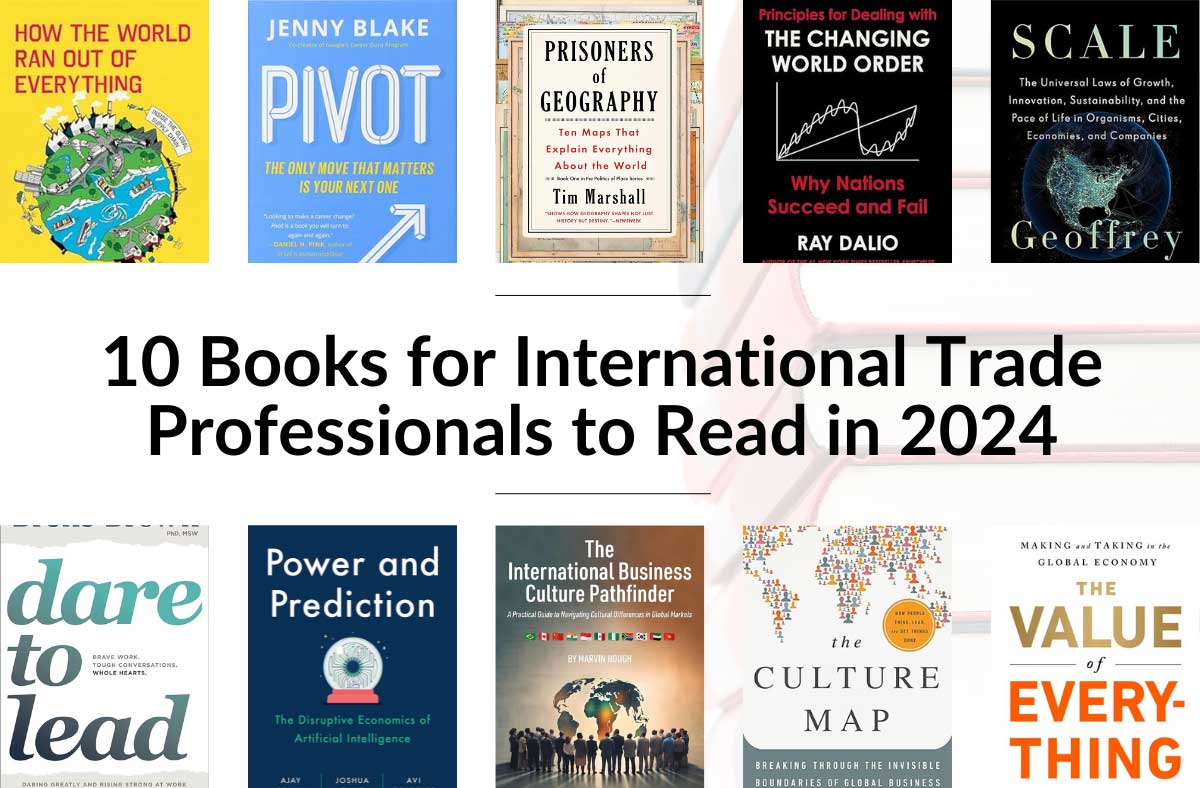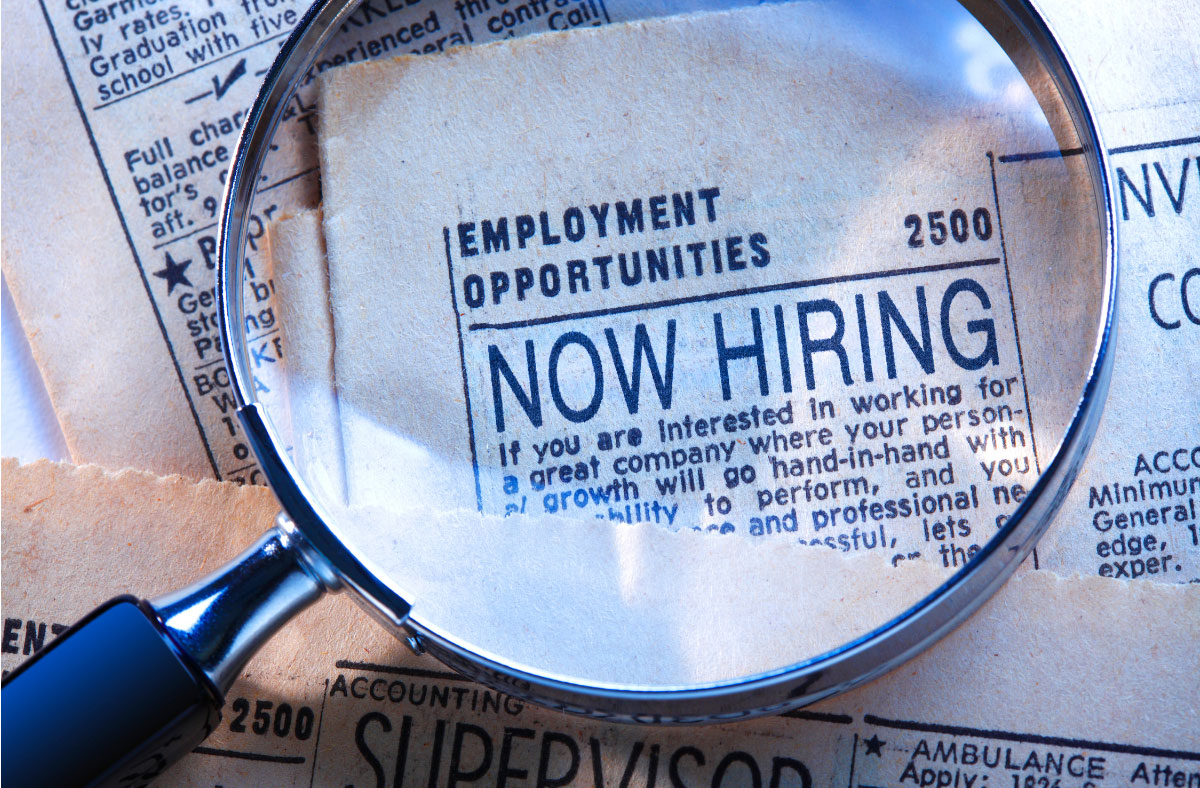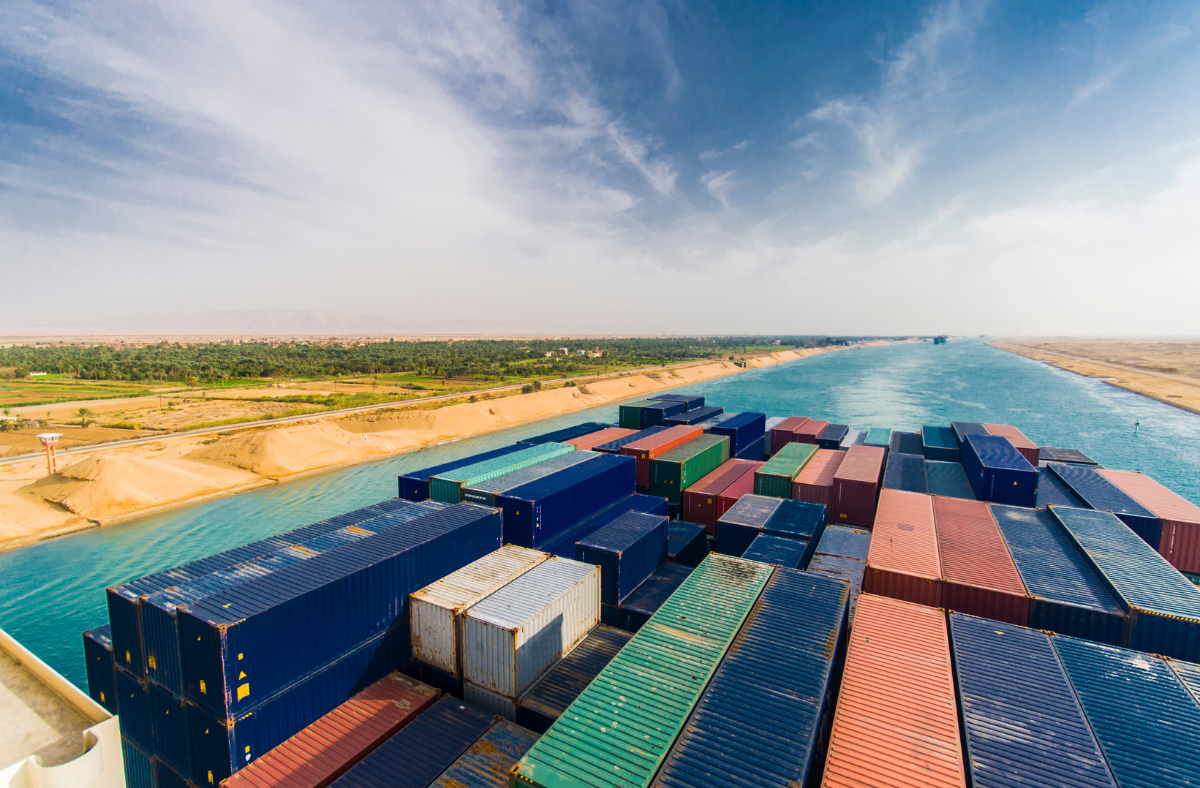
When we talk about Panama, the first thing that comes to mind is the Panama Canal, the famous maritime crossing channel that connects the Atlantic and Pacific oceans, greatly accelerating world trade for more than 100 years.
Over time, Panama became more than a point of passage, evolving into a center of attraction for investments and businesses due to its legislative innovations to attract capital from all over the world, and the easy and very rapid opening process for off-shore companies (which was abused by various companies and individuals worldwide and which led to a global fiscal and media scandal, but which has since been alleviated thanks to the prompt action of the Panamanian authorities). Panama is still a great country to businesses to invest in with many benefits, particularly for those involved with buying and selling goods.
One of the reasons for this is that in the middle of the last century, Panama sought to take greater advantage of the fact that many ships passed through their country with goods and consequently created the Colon Free Zone.
What is the Colon Free Zone, and how does it help businesses?
The Colon Free Zone (Zolicol or ZLC) is a first-generation free zone located within the city of Colon, Panama, on the Atlantic entrance to the Canal. It is located in the southeastern corner of the City of Colon, occupying 2.4 square kilometers, and it is the largest free port area in the Americas and the second largest in the world, after Hong Kong. It generates an annual volume of close to $20 billion dollars per year in imports and re-exports.
The Colon Free Zone allows companies to save money by avoiding many tax obligations (in Panama) related to their commercial activity while operating within this customs area. There are several available tax benefits offered by the Colon Free Zone:
- There is a tax exemption on imported products for re-export
- No import or export fees or quotas are paid
- No taxes are paid for services that have effects abroad
- Taxes are not paid for the profits obtained in operations abroad. The municipal taxes are not applicable to the companies that operate in the Free Zone
- There are no taxes on capital investments
- Low costs in the rental of land and buildings
- Only 5% tax on dividends
Within the zone, companies can enter, store, display, condition, pack, unpack, split shipments, reload, assemble, group, label, mix, conserve and generally perform all activities related to the operation and handling of all kinds of goods, products, packaging and other commercial effects for import, export and re-export.
The zone includes a collection of services and import centers, storage space, packaging and re-export opportunities for products from all parts of the world, in a diverse set of industries ranging from special electrical products to pharmaceuticals or liquors, among others.
Imports mainly come from China, Singapore and the United States, and goods are then most commonly exported throughout South America, Central America and the Caribbean.
How is the Colon Free Zone organized?
The Colon Free Zone is composed of 9 segregated areas. The most well known is the Casco Viejo, where the majority of company showcases and showrooms are concentrated. The second best known is the France Field area, where the merchandise storage center operates due to its proximity to the Manzanillo International Terminal and Colon Container Terminal ports.
The other 7 segregated areas of the free zone are Coco Solo, Coco Solito, December 20, Logistics Park, Enrique Jiménez Airport, Margarita Island and Davis, where companies like HP, Huawei, Koyo, Sanyo and Sony operate multinational distribution centers.
The transportation of goods in the Colon Free Zone operates through a multimodal transport system called the Multimodal Logistics Platform of World Trade. The system integrates the seaports at Manzanillo International Terminal, Colon Container Terminal, and Puerto de Cristobal; the Panama Railroad; the Enrique Adolfo Jiménez Airport and the Panama-Colón Highway. This free zone is visited by some 150,000 tourists a year from all parts of the world, particularly from the Caribbean, Central and South America, and the U.S.
How to operate from the Colon Free Zone
There are three ways to operate from the Colon Free Zone.
- Leasing available land within the free zone and building a building. This lease can be signed for 20 years with the option to be renewed.
- Another way is by renting a space destined for that purpose within the Colon Free Zone itself. This lease is monthly and is paid according to the size of the space in square meters, as well as the duration of the contract.
- Lastly, you can opt for public storage. This is most common when the expected volume of business is not high enough to justify the rental of a space or the construction of a building. In this case a storage company can provide all the required services.
The payment of these services is usually done on a monthly basis, depending on the volume of merchandise stored. For this, previously the person or society must register with the authorities of the Free Zone.
Opportunities abound for businesses in Canada and worldwide
With all of these available benefits, it could be very interesting for some companies in Canada to establish immediate distribution operations of their products for Latin America. By doing so, they could continue taking advantage of the commercial treaties that are in force between Canada and other Latin American countries, reduce the transit time of goods, and offer more agile transactions for Canadian sellers and Latin American buyers. Companies can also hire local staff to improve customer service in their own language. It will be very advantageous for Canadian businesspersons to expand their vision to be more creative with the multiple tools that exist in the zone.







disqus comments